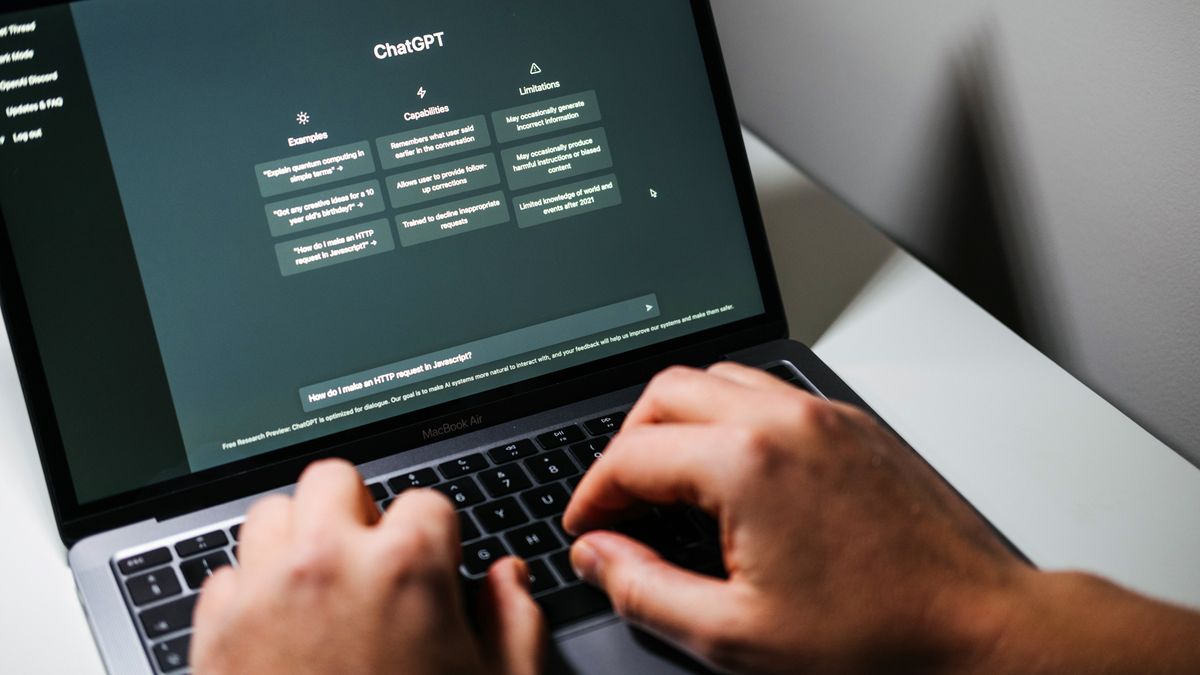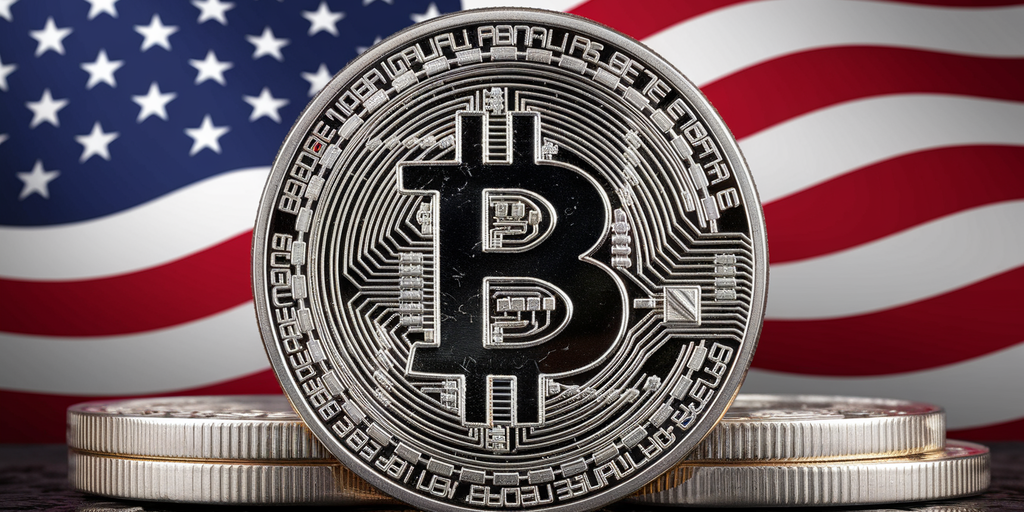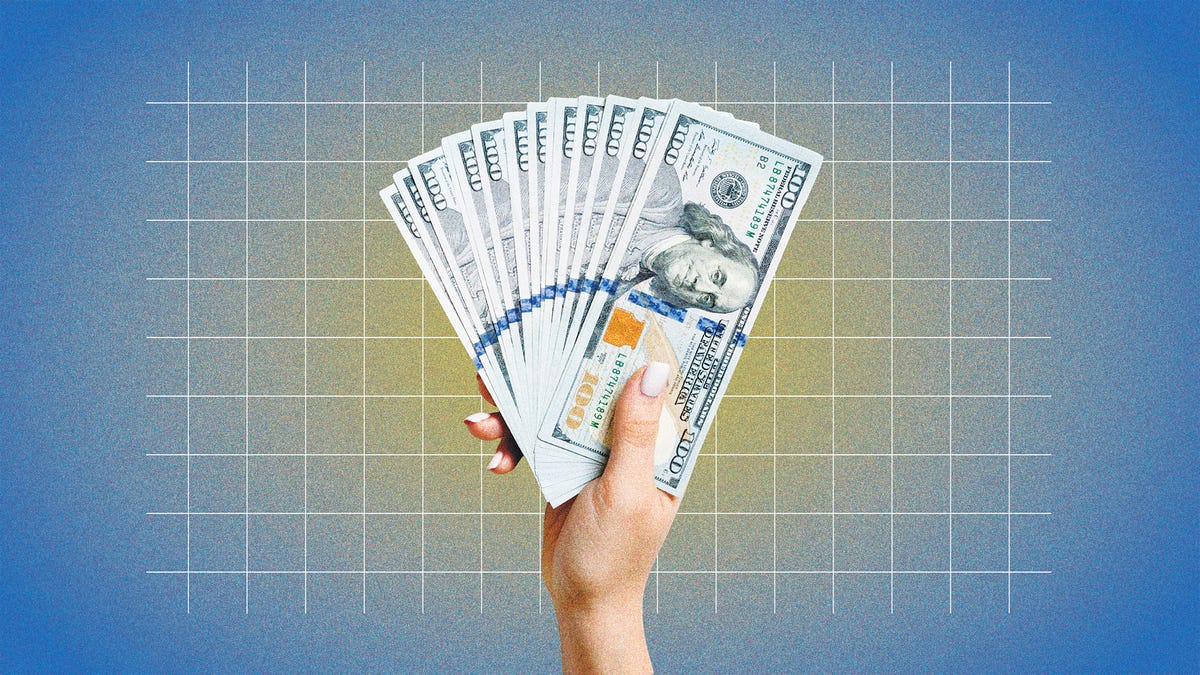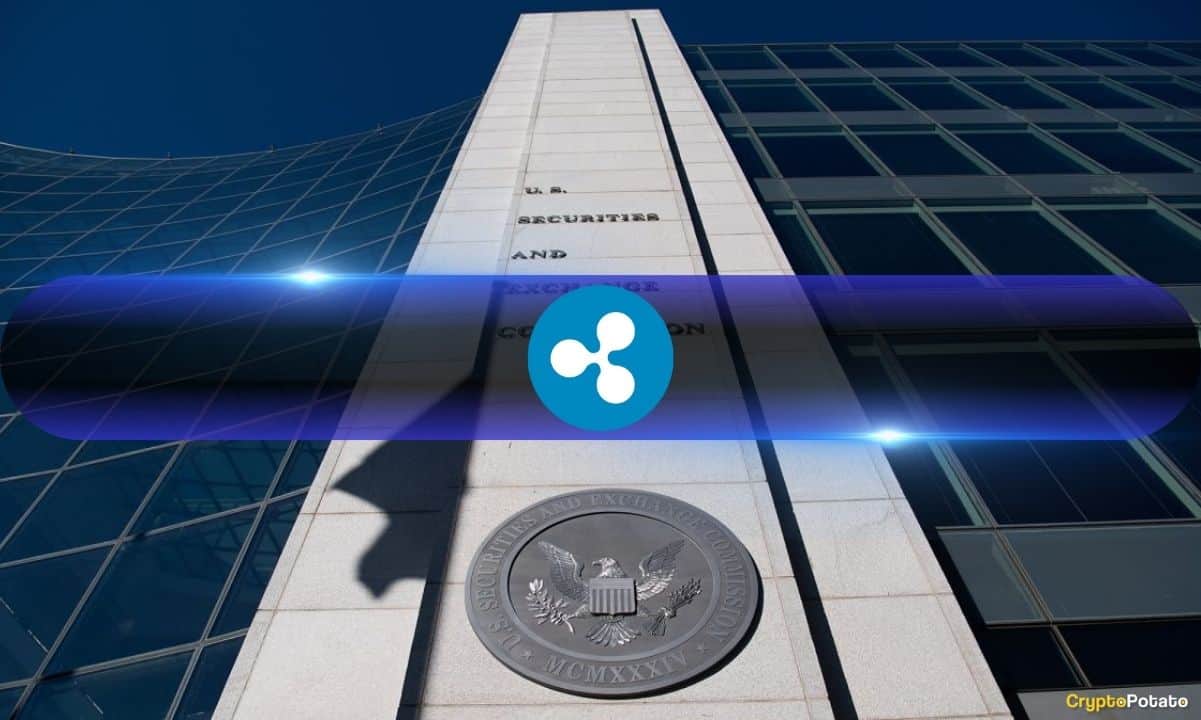
Unavailable in Provider unavailable in 90001
Sparklight home internet service rating
How we calculated our rating
Pros
- Straightforward pricing with no contracts or cancellation fees
- 30-day money-back guarantee provides an opportunity to try the service
- Brings faster speeds to many communities where DSL and satellite are the only other options
Cons
- Unlimited data available, otherwise a soft cap on all plans
- Monthly price increase on all plans after a year
Sparklight Internet review
Cable One's cable internet service rebranded itself as Sparklight a few years ago, meaning you may be less familiar with this service because of the newer name. Available primarily in rural areas spread out across the midwest and parts of Idaho and Arizona, Sparklight is a contender for a fast rural internet option.
Two things stand out right away with Sparklight. First, its introductory prices are competitive among internet service providers and second, there are no contracts, so you don't have to fear a long-term commitment. Some of Sparklight's terms of service can get a bit confusing -- including its price increases. Sparklight offers unlimited data on all plans, but there is a soft cap included on all tiers. If you reach a certain threshold, your data will be throttled.
Overall, Sparklight is a viable cable internet provider and an especially compelling option if you live in some of the more rural and suburban areas it services. Let's take a closer look at what to expect.
Sparklight Internet plans
Keep in mind that Sparklight offers regional pricing with slightly different promo and standard prices. This chart shows the Missouri market but pricing will differ from market to market.
Note that the non-promotional prices listed in this chart reflect a $5 monthly auto-pay discount, which Sparklight includes only after a soft credit check. If you opt out of auto-pay, your post-promotional rate will be higher.
Sparklight cable internet plans (Missouri market)
| $40 ($50 after 12 months) | 100Mbps download, 20Mbps upload | Unlimited data (5TB soft cap), $15 modem fee (optional) and no contracts | |
| $40 ($70 after 12 months) | 300Mbps download, 20Mbps upload | Unlimited data (5TB soft cap), $15 modem fee (optional) and no contracts | |
| $70 ($80 after 12 months) | 600Mbps download, 30Mbps upload | Unlimited data (5TB soft cap), $15 modem fee (optional) and no contracts | |
| $80 ($90 after 12 months) | 940Mbps download, 50Mbps upload | Unlimited data (5TB soft cap), $15 modem fee (optional) and no contracts | |
| $110 | 1,500Mbps download, 50Mbps upload | Unlimited data (5TB soft cap), $15 modem fee (optional) and no contracts | |
| $130 | 2,000Mbps download, 50Mbps upload | Unlimited data (5TB soft cap), $15 modem fee (optional) and no contracts |
Show more (1 item)
Source: CNET analysis of provider data
How many members of your household use the internet?
Although Sparklight isn't the most broadly available internet provider, it has significant coverage in rural areas across the country and offers a range of competitive plans, making it a solid internet option.
You can choose between four plans with Sparklight, though select markets will have the option of six plans with Sparklight's multi-gig options. All have unlimited data and no contracts, which is a convenient plus. All plans include a $15 monthly equipment fee for a modem which comes with an eero Wi-Fi device, although that fee is optional if you decide to buy your own. If you're using your own equipment, just make sure it's Sparklight-approved or at least a DOCSIS 3.1 modem.
Many ISPs increase the monthly rates after a year of service, and Sparklight is no exception. Regardless of your address and the difference in prices, you can expect a price increase after the first year of service. We're not a fan of those steep price increases, especially the jump from $40 monthly for 300Mbps to $70 monthly, an average cost per Mbps of 23 cents.
The entry-level tier features download speeds of 100 megabits per second and 20Mbps in upload. Other cable providers like Cox offer a similar plan but fall behind on upload speeds, coming in at only 10Mbps.
CNET's pick for Sparklight's best plan is the Connect Gig tier because it's the most cost-efficient plan for the highest speeds.The cost per Mbps for the non-promotional price comes in at 9 cents per Mbps (compared to 50 cents for the Connect 100 plan, 23 cents for the Connect 300 and 13 cents for the Connect 600). For context, Spectrum Internet's gig plan starts at $70, or 7 cents per Mbps, but jumps up to $100 monthly after 24 months, bringing the cost per Mbps up to 10 cents per Mbps after the promotional price.
Customers in select places will have access to Sparklight's multi-gig tiers of 1,500Mbps and 2,000Mbps, which come out to 7 cents per Mbps for both plans.
What kind of connection does Sparklight have?
Sparklight Internet boasts about "fiber-rich" plans throughout its site, but don't be fooled. Like other cable internet providers we've covered, its internet infrastructure is a hybrid fiber-coaxial cable connection, not a 100% fiber network.
What does this mean in practical terms? Like any cable internet hookup, your download speeds will be much higher than your upload speeds. Before the pandemic, most of us gave this little thought, as download speeds cover most of our streaming and surfing needs. After the pandemic, most people switched to doing work or schooling at home. Upload speeds, which are necessary for tasks like uploading large files or hopping on video classes and meetings, became more important. Zoom requires at least 3.8Mbps upload speeds for 1080p HD quality video during Zoom meetings, so finding a cable provider with higher upload speeds is useful for households where multiple people work or do schooling. Unlike cable, a fiber internet connection will bring you symmetrical download and upload speeds.
An all-fiber plan might not be a pipe dream for this ISP, as Sparklight is expanding its fiber footprint in select areas. According to the latest data from the Federal Communications Commission, a handful of cities across 11 states may be eligible for Sparklight's fiber or multi-gig plans. Notably, Sparklight rolled out its 6,000Mbps and 3,000Mbps plans in Victoria, Texas, costing $155 and $105 monthly for the first 12 months. In Payson, Arizona, residents can expect symmetrical speeds of up to 5 gigabits by the summer of 2025.
Where can you get Sparklight home internet?
Sparklight's cable coverage spans across 21 states in the US.
FCC/MapboxSparklight internet is available in 21 states across the country:
| Kansas | North Dakota |
| Louisiana | Oklahoma |
| Minnesota | Oregon |
| Mississippi | South Dakota |
| Missouri | Tennessee |
| Nebraska | Texas |
| New Mexico | Washington |
Show more (2 items)
Source: CNET analysis of provider data
Among those states, a few of Sparklight's major markets include:
- Austin, Texas
- Boise, Idaho
- Brazil, Indiana
- Idaho Falls, Idaho
- Fargo, North Dakota
- Fort Worth, Texas
- Gulfport, Mississippi
- Nampa, Idaho
- Rio Rancho, New Mexico
- Shreveport, Louisiana
- Springfield, Missouri
Sparklight fees and service details
Sparklight features six plans ranging from 100Mbps to 2,000Mbps with the top-end 2-gig plan priced at $130 a month. For most plans, you can expect your monthly bill to increase by $10 to $30 a month after the promo period ends.
When comparing Sparklight internet upload speeds with other cable ISPs, it fares better than most, with its uploads topping out at 50Mbps on the gigabit plan. For context, the upload speeds on similar plans from Spectrum and Optimum all max out at 35Mbps. Only Mediacom and WideOpenWest match Sparklight with top upload speeds of 50Mbps.
Expect a price increase on your bill after a year
Like many ISPs, Sparklight's promo pricing -- a $10 to $30 discount, lasts for just 12 months, which isn't out of the ordinary. Many of Sparklight's cable competitors provide discounted rates for two or even three years.
When you look at the post-promotional rate's average cost per megabits per second (24 cents across all four plans), Sparklight's service is much more expensive than Optimum and Spectrum's average cost per Mbps of 13 cents after promotional prices. While Sparklight may be a good option initially, after your promotional period ends you should consider shopping around for other well-priced cable internet options.
About that data cap...
In an effort to promote transparency across major ISPs, the FCC is mandating the use of broadband nutrition labels. Unfortunately, one of the first things I noticed is that even with the use of a "Broadband Facts" label, Sparklight fails to mention its data cap on these labels. It's only in the fine print that you'll see that each plan comes with a soft cap of 5TB.
Data caps are not a necessary evil. Many ISPs have them, including Hughesnet, Viasat and cable competitors Cox, Mediacom and Xfinity, but some others do not. It's not a given that you'll have to face a data cap just because you're a cable internet customer.
Not all data caps are the same. As you can see in the plans and pricing chart, all plans feature a 5TB data cap, which isn't bad. Why do I say that? According to OpenVault's Q2 2024 report, the average home uses approximately 585GB of data per month. Most US households should have little problem staying under that 5TB limit.
Oh, and I should mention there's some small print here, too: you could still have your speed slowed... but only after you've hit 5TB of data usage within the month. To put that in perspective, you could stream 4K versions of all five Indiana Jones movies, watch the Lord of the Rings trilogy, binge all the Harry Potter flicks, download every Marvel Cinematic Universe entry and geek out on each Star Trek film (from William Shatner to Chris Pine) and still be less than 25% of the way to your limit. I'd say that's pretty fair.
No contracts
The soft data caps aren't a deal-breaker, but it's a bit of a bummer that Sparklight has them at all. Still, on the positive side, Sparklight breaks from some of its rivals by offering plans with no contracts or term limits. This means you're under no obligation to stick with a plan that isn't working for you, and you don't have to fear any early termination fees if you decide to move elsewhere.
Another positive aspect that leaps off the page (and isn't always common among ISPs) is Sparklight's money-back guarantee for those looking to bundle their internet, which covers the first 30 days of the new service. If Sparklight isn't right for your home, you can request a full refund, including money paid for the internet service and applicable taxes and fees. That's better than the 30-day guarantee offered by WOW, which doesn't extend to taxes and fees.
Additional fees
Wi-Fi One whole-home coverage is available from Sparklight for $15 a month, a relatively high cost compared to the optional equipment rental from Spectrum ($10 monthly) but the same cost as Xfinity's monthly equipment rental. Also, as with many other providers, customers can use their own equipment and avoid this monthly charge altogether. The only requirement is that customers use a DOCSIS 3.1 cable modem and refer to Sparklight's list of supported cable modems.
Customers can add additional eero Wi-Fi devices for $10 extra a month to extend Wi-Fi coverage throughout the home.
You should also expect a slew of one-time fees that can rack up your bill in the first month of service. Customers can expect a one-time installation fee of $90, a one-time activation charge of $30 and a $25 equipment deposit fee.
Self-installation may be an option from Sparklight, but it's not available in all service areas and depends upon a credit check. You may bypass the credit check if you wish, but Sparklight notes you may be charged a higher deposit and/or installation fee for skipping it.
Sparklight customer satisfaction: Mixed ratings
Enlarge Image
J.D. Power gave Sparklight better ratings in the South than it got in 2020, but it was still a below-average score for the region.
J.D. PowerSparklight was not highlighted in the J.D. Power U.S. Residential Internet Service Provider Satisfaction Study for 2024. If you look back at the 2021 residential study, Sparklight showed up in two of the four regions the organization tracks. Over in the West, Sparklight scored 700 on a 1,000-point scale. That's a drop from the 730 it earned in 2020 and below the regional average of 710.
On the flip side, Sparklight did better in the South region, earning a 716 score, which increased from the preceding year. It was still below the South's average score of 727 and squarely in the middle of the pack among 11 ISPs in the area.
The most recent ISP report from the American Customer Satisfaction Index did not highlight Sparklight for an individual score among other organizations, but Sparklight appeared among Ookla's stats for the first half of 2024, where it was the fastest provider in Boise, Idaho.
What's the bottom line on Sparklight?
Sparklight makes a compelling case for being included as one of the top cable internet providers in the country. Fiber will almost always trump cable connections, so if you live in an area like Fort Worth, Texas, you might be able to find fiber plans more to your liking. For customers in Ada, Oklahoma, to use a smaller market as an example, you'll find Sparklight competing with DSL and satellite plans. Those are simply no match for what Sparklight can offer for speed and price.
Sparklight home internet FAQs
Is Sparklight the same as Cable One?
Yes. Cable One is the corporate parent company and was initially the name of the ISP as well. That changed in 2019 when Cable One announced it was rebranding its residential internet service and TV and phone offerings to Sparklight.
What type of connection does Sparklight offer?
Sparklight likes to talk about its "fiber-rich" broadband infrastructure, but most of its connections are hybrid fiber-coaxial cable. This means you'll have asymmetrical download and upload speeds.
A Sparklight spokesperson said that Sparklight is investing in all-fiber networks. In March, it was announced that symmetrical fiber broadband offerings will be available to over 8,500 customers in Payson, Arizona, by the summer of 2025.
Is Sparklight participating in the FCC's Affordable Connectivity Program?
The Affordable Connectivity Program ended in May 2024. The ACP was a long-term initiative to help low-income households connect to crucial home broadband. It included a discount of up to $30 monthly (and up to $75 in tribal lands) for eligible households. Sparklight did participate in the program. One alternative is to look into Lifeline, a federal program that provides discounts to low-income households for their home broadband or cell phone plans.
To find out what other low-income programs are available in your area, check out our low-income state-by-state guide.




:quality(85):upscale()/2024/10/31/831/n/49351773/b7bf33836723d2f0643c55.51137847_.jpg)


:quality(85):upscale()/2024/10/29/581/n/1922153/3f2adeb76720db8a0484f8.73093870_.jpg)
 English (US) ·
English (US) ·